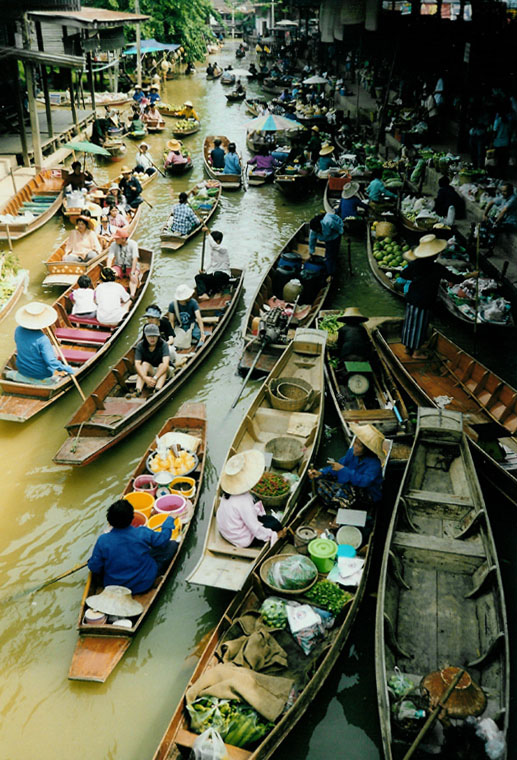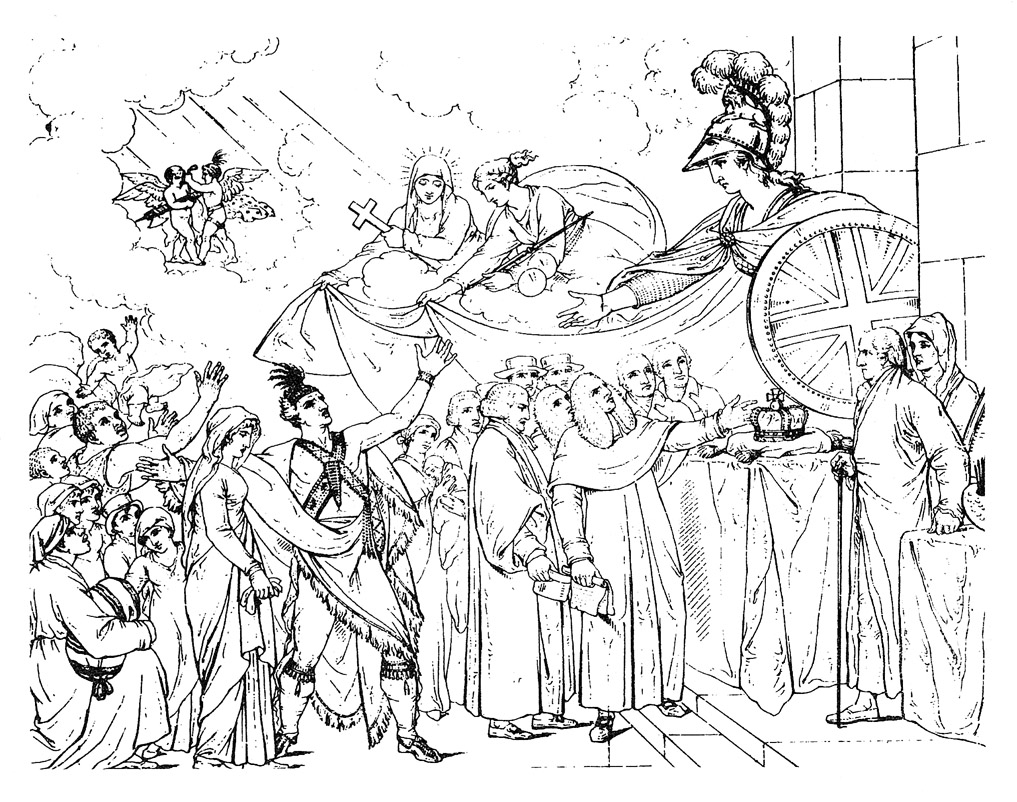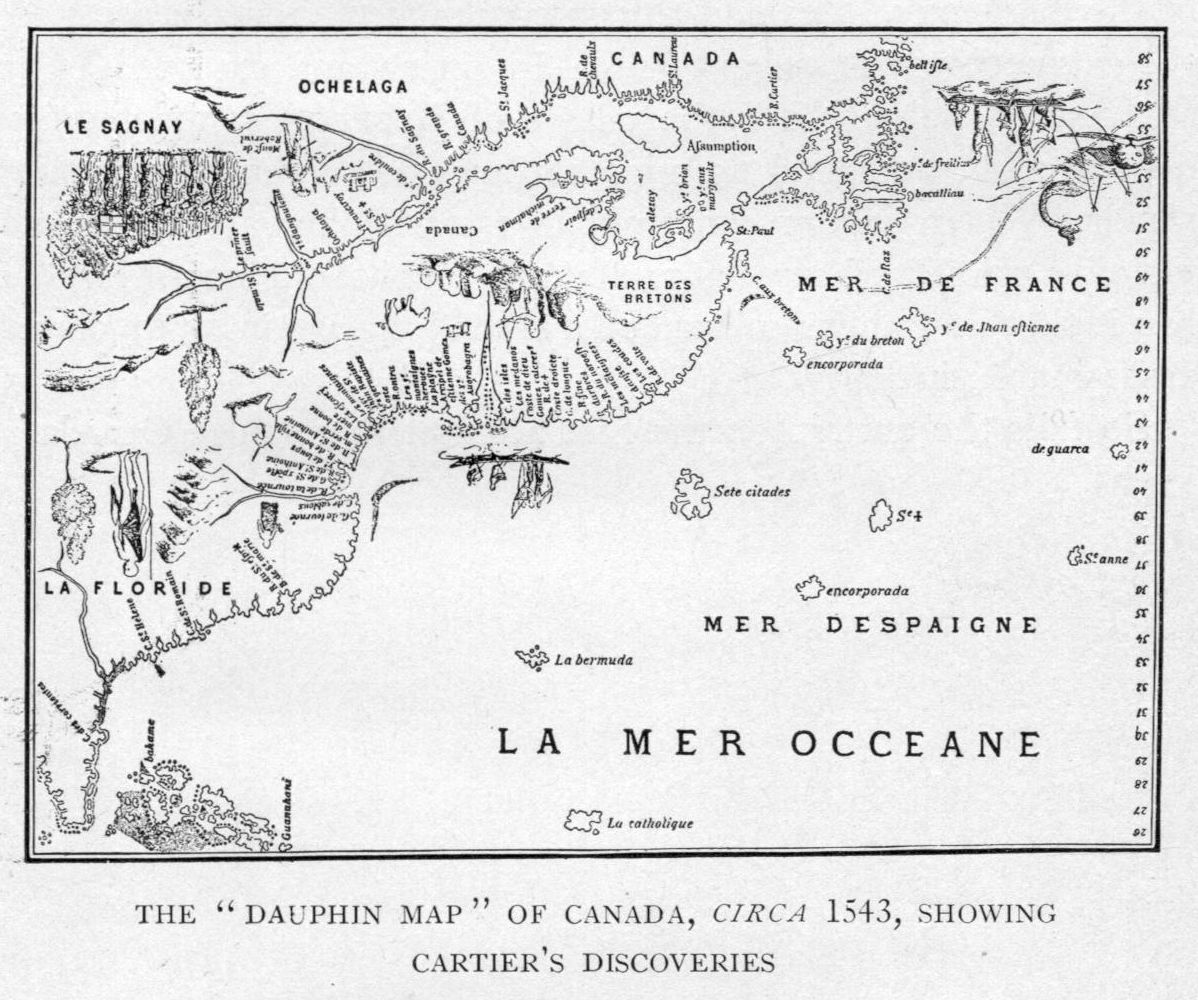|
Rideau River
The Rideau River (french: Rivière Rideau) is a river in Eastern Ontario, Canada. The river flows north from Upper Rideau Lake and empties into the Ottawa River at the Rideau Falls in Ottawa, Ontario. Its length is . As explained in a writing by Samuel de Champlain in 1613, the river was given the name "Rideau" (curtain) because of the appearance of the Rideau Falls. The Anishinàbemowin name for the river is "Pasapkedjinawong", meaning "the river that passes between the rocks." The Rideau Canal, which allows travel from Ottawa to the city of Kingston, Ontario on Lake Ontario, was formed by joining the Rideau River with the Cataraqui River. The river diverges from the Canal at Hog's Back Falls in Ottawa. In early spring, to reduce flooding on the lower section of the river, workers from the city of Ottawa use ice blasting to clear the ice which covers the river from Billings Bridge to Rideau Falls by cutting "keys" through the ice and using explosives to break off large s ... [...More Info...] [...Related Items...] OR: [Wikipedia] [Google] [Baidu] |
Ottawa
Ottawa (, ; Canadian French: ) is the capital city of Canada. It is located at the confluence of the Ottawa River and the Rideau River in the southern portion of the province of Ontario. Ottawa borders Gatineau, Quebec, and forms the core of the Ottawa–Gatineau census metropolitan area (CMA) and the National Capital Region (NCR). Ottawa had a city population of 1,017,449 and a metropolitan population of 1,488,307, making it the fourth-largest city and fourth-largest metropolitan area in Canada. Ottawa is the political centre of Canada and headquarters to the federal government. The city houses numerous foreign embassies, key buildings, organizations, and institutions of Canada's government, including the Parliament of Canada, the Supreme Court, the residence of Canada's viceroy, and Office of the Prime Minister. Founded in 1826 as Bytown, and incorporated as Ottawa in 1855, its original boundaries were expanded through numerous annexations and were ultimately ... [...More Info...] [...Related Items...] OR: [Wikipedia] [Google] [Baidu] |
Hog's Back Falls
The Hog's Back Falls, officially known as the Prince of Wales Falls, but rarely referred to by this name, are a series of artificial waterfalls on the Rideau River in Ottawa, Ontario, Canada. The falls are located just north of Mooney's Bay and the point where the Rideau Canal splits from the Rideau River. Prior to the construction of the Rideau Canal, these were a gentle set of rapids originally known as Three Rock Rapids. The name Hog's Back came into use shortly before canal construction. Civil Engineer John MacTaggart, in 1827, described them as ''"a noted ridge of rocks, called the Hog’s Back, from the circumstances of raftsmen with their wares imber raftssticking on it in coming down the stream."'' These rapids were about 600 metres (2 000 feet) in length with a drop of about 1.8 metres (6 feet). They were navigable by canoe; no portage was required. As part of his concept for a slackwater navigation system, Lt. Colonel John By's design for the Rideau Canal called ... [...More Info...] [...Related Items...] OR: [Wikipedia] [Google] [Baidu] |
Montreal
Montreal ( ; officially Montréal, ) is the List of the largest municipalities in Canada by population, second-most populous city in Canada and List of towns in Quebec, most populous city in the Provinces and territories of Canada, Canadian province of Quebec. Founded in 1642 as ''Fort Ville-Marie, Ville-Marie'', or "City of Mary", it is named after Mount Royal, the triple-peaked hill around which the early city of Ville-Marie is built. The city is centred on the Island of Montreal, which obtained its name from the same origin as the city, and a few much smaller peripheral islands, the largest of which is Île Bizard. The city is east of the national capital Ottawa, and southwest of the provincial capital, Quebec City. As of 2021, the city had a population of 1,762,949, and a Census Metropolitan Area#Census metropolitan areas, metropolitan population of 4,291,732, making it the List of the largest municipalities in Canada by population, second-largest city, and List of cen ... [...More Info...] [...Related Items...] OR: [Wikipedia] [Google] [Baidu] |
John By
Lieutenant-Colonel John By (7 August 1779 – 1 February 1836) was an English military engineer. He is best known for having supervised the construction of the Rideau Canal and for having founded Bytown in the process. It developed and was designated as the Canadian capital, Ottawa. Life and career By was born in Lambeth, Surrey, the second of three sons of George By, of the London Customs House, and Mary Bryan. Nothing certain is known about By’s early education; Andrews suggests that it could have been at Sir Thomas Rich's School in Lambeth. He gained a good knowledge of arithmetic and writing; competence in English, French and Latin; and some drawing skills, as he was admitted at age 13 to the Royal Military Academy, Woolwich. He graduated from the academy in 1799. In August of that year, he was gazetted a second lieutenant in the Royal Artillery; by the end of the year he had transferred to the Royal Engineers. In 1800 he was posted to the fortifications at Plymouth, ... [...More Info...] [...Related Items...] OR: [Wikipedia] [Google] [Baidu] |
Waterway
A waterway is any navigable body of water. Broad distinctions are useful to avoid ambiguity, and disambiguation will be of varying importance depending on the nuance of the equivalent word in other languages. A first distinction is necessary between maritime shipping routes and waterways used by inland water craft. Maritime shipping routes cross oceans and seas, and some lakes, where navigability is assumed, and no engineering is required, except to provide the draft for deep-sea shipping to approach seaports (channels), or to provide a short cut across an isthmus; this is the function of ship canals. Dredged channels in the sea are not usually described as waterways. There is an exception to this initial distinction, essentially for legal purposes, see under international waters. Where seaports are located inland, they are approached through a waterway that could be termed "inland" but in practice is generally referred to as a "maritime waterway" (examples Seine Maritime, Loir ... [...More Info...] [...Related Items...] OR: [Wikipedia] [Google] [Baidu] |
War Of 1812
The War of 1812 (18 June 1812 – 17 February 1815) was fought by the United States of America and its indigenous allies against the United Kingdom and its allies in British North America, with limited participation by Spain in Florida. It began when the United States declared war on 18 June 1812 and, although peace terms were agreed upon in the December 1814 Treaty of Ghent, did not officially end until the peace treaty was ratified by Congress on 17 February 1815. Tensions originated in long-standing differences over territorial expansion in North America and British support for Native American tribes who opposed US colonial settlement in the Northwest Territory. These escalated in 1807 after the Royal Navy began enforcing tighter restrictions on American trade with France and press-ganged men they claimed as British subjects, even those with American citizenship certificates. Opinion in the US was split on how to respond, and although majorities in both the House and ... [...More Info...] [...Related Items...] OR: [Wikipedia] [Google] [Baidu] |
Loyalist (American Revolution)
Loyalists were colonists in the Thirteen Colonies who remained loyal to the British Crown during the American Revolutionary War, often referred to as Tories, Royalists or King's Men at the time. They were opposed by the Patriots, who supported the revolution, and called them "persons inimical to the liberties of America." Prominent Loyalists repeatedly assured the British government that many thousands of them would spring to arms and fight for the crown. The British government acted in expectation of that, especially in the southern campaigns in 1780–81. Britain was able to effectively protect the people only in areas where they had military control, and in return, the number of military Loyalists was significantly lower than what had been expected. Due to the conflicting political views, loyalists were often under suspicion of those in the British military, who did not know whom they could fully trust in such a conflicted situation; they were often looked down upon. Pat ... [...More Info...] [...Related Items...] OR: [Wikipedia] [Google] [Baidu] |
Saint Lawrence River
The St. Lawrence River (french: Fleuve Saint-Laurent, ) is a large river in the middle latitudes of North America. Its headwaters begin flowing from Lake Ontario in a (roughly) northeasterly direction, into the Gulf of St. Lawrence, connecting the American Great Lakes to the North Atlantic Ocean, and forming the primary drainage outflow of the Great Lakes Basin. The river traverses the Canadian provinces of Ontario and Quebec, as well as the U.S. state of New York, and demarcates part of the international boundary between Canada and the United States. It also provides the foundation for the commercial St. Lawrence Seaway. Names Originally known by a variety of names by local First Nations, the St. Lawrence became known in French as ''le fleuve Saint-Laurent'' (also spelled ''St-Laurent'') in 1604 by Samuel de Champlain. Opting for the ''grande riviere de sainct Laurens'' and ''fleuve sainct Laurens'' in his writings and on his maps, de Champlain supplanted previous Fre ... [...More Info...] [...Related Items...] OR: [Wikipedia] [Google] [Baidu] |
Curtain
A curtain is a piece of cloth or other material intended to block or obscure light, air drafts, or (in the case of a shower curtain), water. A curtain is also the movable screen or drape in a theatre that separates the stage from the auditorium or that serves as a backdrop/background. Curtains are often hung on the inside of a building's windows to block the passage of light. For instance, at night to aid sleeping, or to stop light from escaping outside the building (stopping people outside from being able to see inside, often for privacy reasons). In this application, they are also known as "draperies". Curtains hung over a doorway are known as portières. Curtains come in a variety of shapes, materials, sizes, colours, and patterns. They often have their own sections within department stores, while some shops are completely dedicated to selling curtains. Curtains vary according to cleanability, ultraviolet light deterioration, oil and dust retention, noise absorption, fire res ... [...More Info...] [...Related Items...] OR: [Wikipedia] [Google] [Baidu] |
Rideau Valley Conservation Authority
The Rideau Valley Conservation Authority (RVCA) is an inter-municipal environmental protection and advisory agency that works with local municipalities, government agencies, special interest groups and the general public to protect the natural resources of the Rideau River watershed. The watershed drains an area of over 4,000 square kilometres of eastern Ontario and includes towns such as Portland, Perth, Smith Falls, Merrickville, Kemptville, and Manotick. About 620,000 live in the watershed, mostly deriving from the City of Ottawa. There are 18 municipalities within the valley and most people, outside of Ottawa, draw their drinking water from the river or from groundwater. The mission of the RVCA is to have clean drinking water, natural shorelines, and sustainable land use throughout the Rideau Valley watershed. Rideau Valley Conservation Foundation The RVCA provides office space, staff, and expertise to the Rideau Valley Conservation Foundation (RVCF) and their environment ... [...More Info...] [...Related Items...] OR: [Wikipedia] [Google] [Baidu] |
The Globe And Mail
''The Globe and Mail'' is a Canadian newspaper printed in five cities in western and central Canada. With a weekly readership of approximately 2 million in 2015, it is Canada's most widely read newspaper on weekdays and Saturdays, although it falls slightly behind the ''Toronto Star'' in overall weekly circulation because the ''Star'' publishes a Sunday edition, whereas the ''Globe'' does not. ''The Globe and Mail'' is regarded by some as Canada's " newspaper of record". ''The Globe and Mail''s predecessors, '' The Globe'' and ''The Mail and Empire'' were both established in the 19th century. The former was established in 1844, while the latter was established in 1895 through a merger of ''The Toronto Mail'' and the ''Toronto Empire''. In 1936, ''The Globe'' and ''The Mail and Empire'' merged to form ''The Globe and Mail''. The newspaper was acquired by FP Publications in 1965, who later sold the paper to the Thomson Corporation in 1980. In 2001, the paper merged with broadcast ... [...More Info...] [...Related Items...] OR: [Wikipedia] [Google] [Baidu] |









